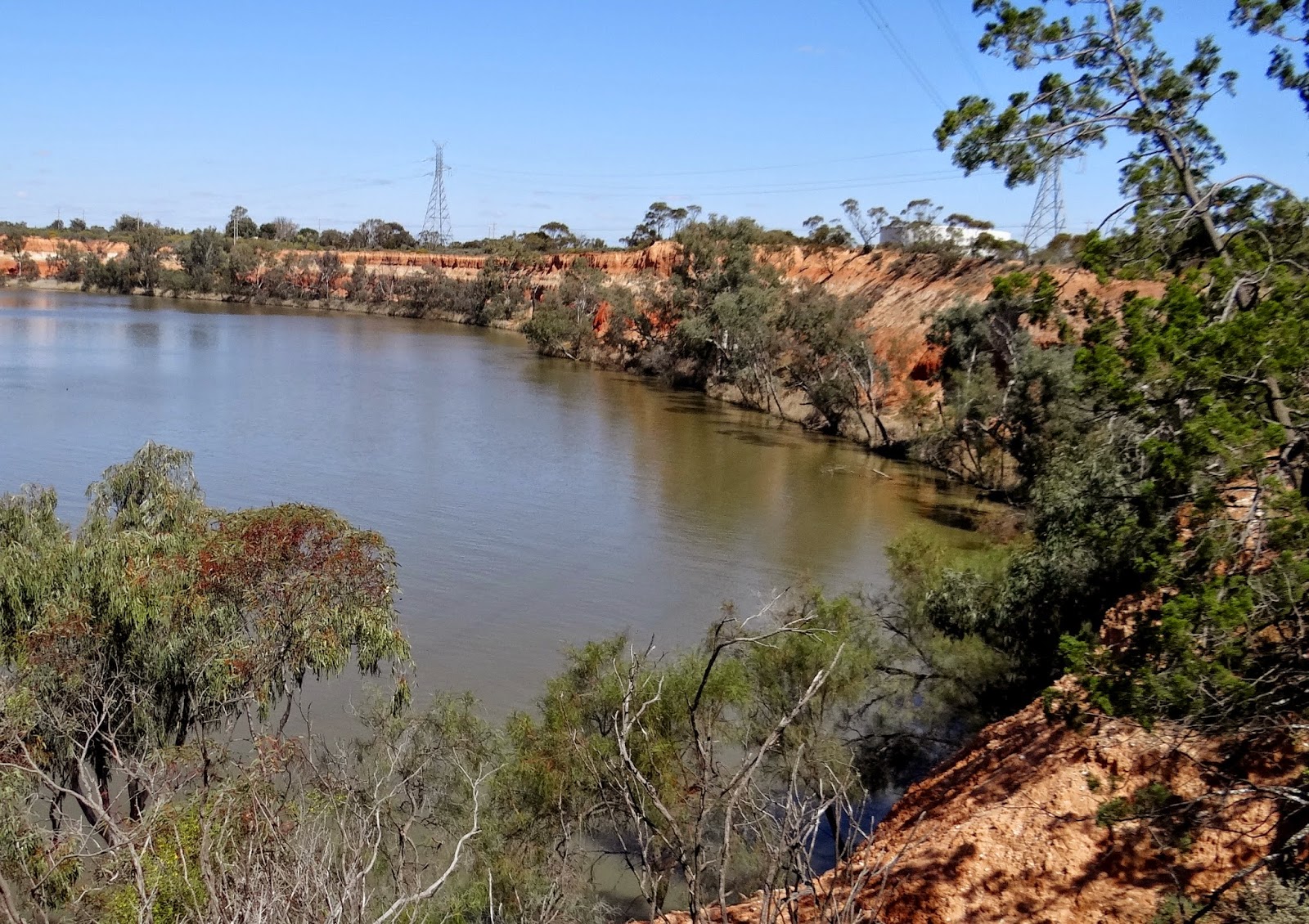 |
| Mt Remarkable National Park, Southern Flinders Ranges |
Following our visit to Whyalla (see previous post) we moved on through Port Augusta to Mt Remarkable National Park in the southern Flinders Ranges for a one-night stay in the Mambray Creek camping ground. Again, a very nice camp setting with huge stately eucalypts amid shrub-covered gorges.
 |
| River Red Gums - Mambray Creek camping ground, Mt Remarkable National Park |
Plenty of Emus about the park; a male with 4 young bluff charged me. We saw our first Crimson (Adelaide) Rosellas, Eastern Spinebills and Yellow-faced Honeyeaters of the trip. Other birds about the camp included Australian Owlet-Nightjar, Pallid Cuckoo andWhite-browed Babbler.
 |
| Hut build by shepherd early-1870s, southern Flinders Ranges |
We hiked the Sugargum Lookout trail in the morning and were most impressed with a hut built by a shepherd in the early-1870s which is still standing strong.
 |
| Anita & Greg |
We moved on south to Adelaide to spend a few days with our friend Anita Smyth, who lives in the lovely Adelaide Hills.
 |
| Crimson (Adelaide) Rosella |
One of the birds seen from Anita's verandah was Crimson (Adelaide) Rosella.
 |
| Little Raven |
A wander about the forests of the hills in Belair National Park and elsewhere in the area turned up quite a few Musk Lorikeets (including one bird at a nesting hollow), Eastern Rosella and Little Raven.
 |
| Musk Lorikeet |
 |
| Musk Lorikeet |
We checked out some of the cultural sites around Adelaide - the interior of the State Library in the city was most impressive and the old precincts around Port Adelaide were interesting. We spent a morning checking out some wetlands and salt marshes north of Adelaide - St Kilda, White Road Wetlands and Greenfields Wetlands. We saw 200+ Black-tailed Native-hen, quite a few Hoary-headed Grebe, a few Little Grassbirds, 1 Red-kneed Dotterel and 2 Wood Sandpipers.
 |
| Black-tailed Native-hens - White Road Wetlands |
 |
| Hoary-headed Grebes - Greenfields Wetlands |
 |
| Wood Sandpiper - Greenfields Wetlands |
Back in the Adelaide Hills at Anita's home, a female koala was nice.
 |
| Koala - Adelaide Hills |



























































